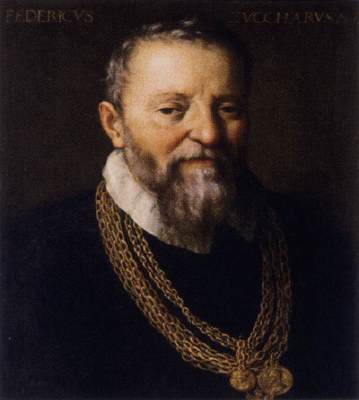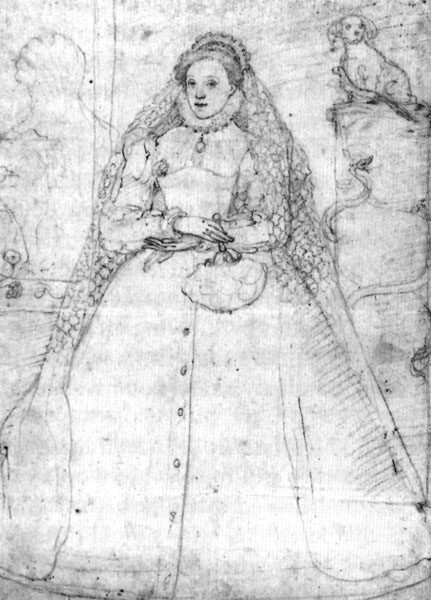Federico Zuccari (1543 – 1609)
Get a Federico Zuccari (1543 – 1609) Certificate of Authenticity for your painting (COA) for your Federico Zuccari (1543 – 1609) drawing.
For all your Federico Zuccari (1543 – 1609) artworks you need a Certificate of Authenticity (COA) in order to sell, to insure or to donate for a tax deduction.
Getting a Federico Zuccari (1543 – 1609) Certificate of Authenticity (COA) is easy. Just send us photos and dimensions and tell us what you know about the origin or history of your Federico Zuccari (1543 – 1609) painting or drawing.
If you want to sell your Federico Zuccari (1543 – 1609) painting or drawing use our selling services. We offer Federico Zuccari (1543 – 1609) selling help, selling advice, private treaty sales and full brokerage.
We have been authenticating Federico Zuccari (1543 – 1609) and issuing certificates of authenticity since 2002. We are recognized Federico Zuccari (1543 – 1609) experts and Federico Zuccari (1543 – 1609) certified appraisers. We issue COAs and appraisals for all Federico Zuccari (1543 – 1609) artworks.
Our Federico Zuccari (1543 – 1609) paintings and drawings authentications are accepted and respected worldwide.
Each COA is backed by in-depth research and analysis authentication reports.
The Federico Zuccari (1543 – 1609) certificates of authenticity we issue are based on solid, reliable and fully referenced art investigations, authentication research, analytical work and forensic studies.
We are available to examine your Federico Zuccari (1543 – 1609) painting or drawing anywhere in the world.
You will generally receive your certificates of authenticity and authentication report within two weeks. Some complicated cases with difficult to research Federico Zuccari (1543 – 1609) paintings or drawings take longer.
Our clients include Federico Zuccari (1543 – 1609) collectors, investors, tax authorities, insurance adjusters, appraisers, valuers, auctioneers, Federal agencies and many law firms.
We perform Federico Zuccari art authentication, appraisal, certificates of authenticity (COA), analysis, research, scientific tests, full art authentications. We will help you sell your Federico Zuccari or we will sell it for you.

Federico Zuccari was an Italian Mannerist painter and architect, active both in Italy and abroad. Zuccari was born at Sant’Angelo in Vado, near Urbino (Marche). His documented career as a painter began in 1550, when he moved to Rome to work under Taddeo, his elder brother. Zuccari went on to complete decorations for Pius IV, and help complete the fresco decorations at the Villa Farnese at Caprarola. Zuccari was involved in the following fresco projects:
• Decoration of the Casino of Pius IV, Rome
• Grimani Chapel, San Francesco della Vigna, Venice
• Pucci Chapel in the Church of Trinità dei Monti, Rome
• San Marcello al Corso, Rome
• Cathedral of Orvieto (1570)
• Oratorio del Gonfalone, Rome (1573)
• Dome of Santa Maria del Fiore, Florence (previously started by Vasari)
Zuccari was recalled to Rome by Pope Gregory XIII to continue in the Pauline Chapel of the Vatican. He visited Brussels and there made a series of cartoons for the tapestry-weavers. In 1574, Zuccari passed over to England, where he received commissions to paint the portrait of Queen Elizabeth (drawing), Mary, Queen of Scots, Sir Nicholas Bacon, Sir Francis Walsingham, Lord High Admiral Howard, and others. Another picture in the same collection appears to be a replica of Zuccari’s painting of the Allegory of Calumny, as suggested by Lucian’s description of a celebrated work by Apelles. The satire in the original painting, directed against some of his courtier enemies, was the immediate cause of Zuccari’s temporary exile from Rome.

Zuccari painted a portrait of Man with Two Dogs in the Pitti Palace in Florence and Dead Christ and Angels in the Galleria Borghese in Rome. In 1585, Zuccari accepted an offer by Philip II of Spain to decorate the new Escorial at a yearly salary of 2,000 crowns. He worked at the palace from January 1586 to the end of 1588, when he returned to Rome. Zuccari was succeeded by Pellegrino Tibaldi. He there founded in 1595, under a charter confirmed by Pope Sixtus V, the Accademia di San Luca, of which he was the first president. Bartolomeo Carducci is said to have studied with Zuccari.
Like his contemporary Giorgio Vasari, Zuccari aimed at being an art critic and historian. His chief book, L’idea de’ Pittori, Scultori, ed Architetti (1607), was far less popular.
Zuccari was raised to the rank of cavaliere not long before his death, which took place at Ancona in 1609.
Still wondering about an Italian painting in your family collection? Contact us…we are the Federico Zuccari experts.
